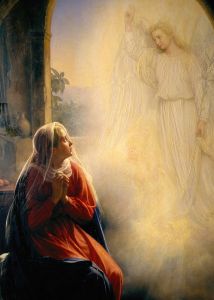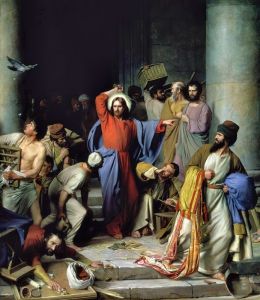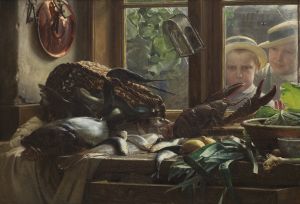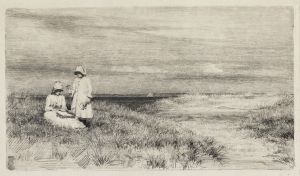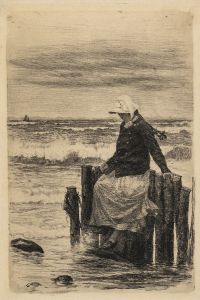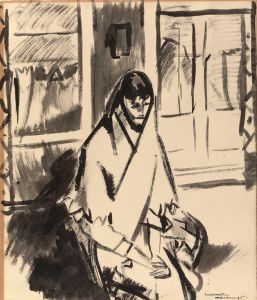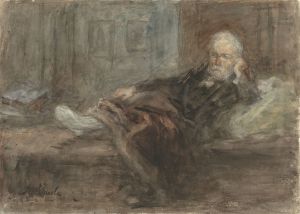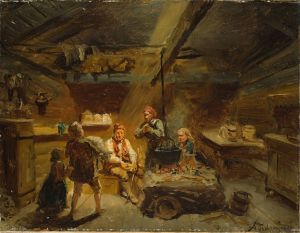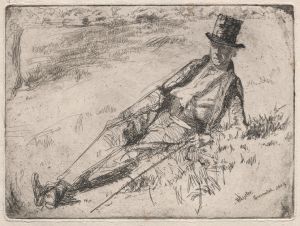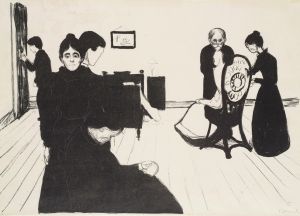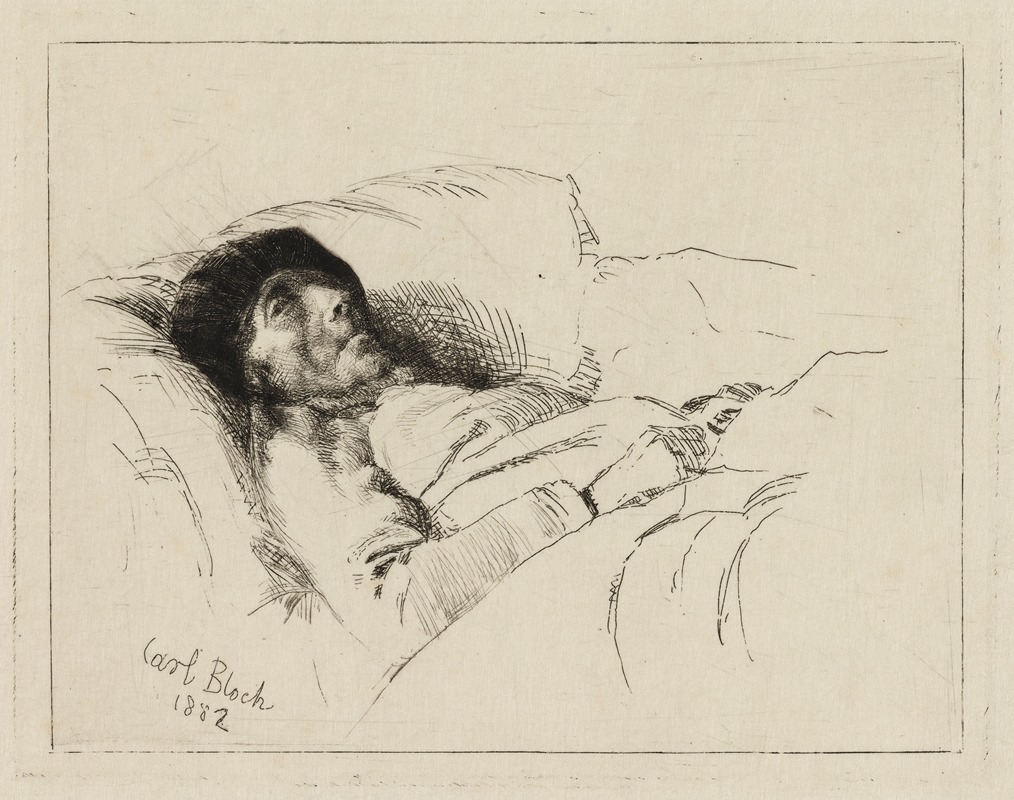
The sick old man
A hand-painted replica of Carl Bloch’s masterpiece The sick old man, meticulously crafted by professional artists to capture the true essence of the original. Each piece is created with museum-quality canvas and rare mineral pigments, carefully painted by experienced artists with delicate brushstrokes and rich, layered colors to perfectly recreate the texture of the original artwork. Unlike machine-printed reproductions, this hand-painted version brings the painting to life, infused with the artist’s emotions and skill in every stroke. Whether for personal collection or home decoration, it instantly elevates the artistic atmosphere of any space.
Carl Bloch was a renowned Danish painter known for his historical and religious works. One of his notable paintings is "The Sick Old Man," which exemplifies his skill in capturing human emotion and the intimate moments of everyday life. Bloch was born on May 23, 1834, in Copenhagen, Denmark, and he became one of the most celebrated artists of his time, particularly in the Nordic countries.
"The Sick Old Man" is a poignant depiction of an elderly man in a moment of vulnerability and introspection. The painting is characterized by Bloch's meticulous attention to detail and his ability to convey deep emotion through facial expressions and body language. The composition typically features the old man seated or lying down, often in a modest, dimly lit room, which adds to the somber and contemplative mood of the piece.
Bloch's use of light and shadow in "The Sick Old Man" is particularly noteworthy. He employs chiaroscuro, a technique that contrasts light and dark to create a sense of volume and three-dimensionality. This technique not only highlights the physical features of the subject but also enhances the emotional depth of the scene. The light often falls gently on the old man's face, drawing the viewer's attention to his expression and inviting them to ponder his thoughts and feelings.
The painting reflects Bloch's interest in the human condition and his ability to portray it with empathy and realism. It is a testament to his skill in capturing the essence of his subjects, making them relatable and evocative. Bloch's work often explores themes of mortality, faith, and the passage of time, and "The Sick Old Man" is no exception. The painting invites viewers to reflect on the universal experiences of aging and illness, and the quiet dignity that can be found in these moments.
Carl Bloch studied at the Royal Danish Academy of Fine Arts and later traveled extensively throughout Europe, including Italy and the Netherlands, where he was influenced by the works of the Old Masters. His exposure to different artistic styles and techniques enriched his own work, allowing him to develop a unique style that combined elements of realism and romanticism.
Throughout his career, Bloch received numerous commissions for both public and private works, and his paintings were widely exhibited and admired. He is perhaps best known for his series of paintings depicting scenes from the life of Christ, which were commissioned for the King's Chapel at Frederiksborg Palace in Denmark. These works further cemented his reputation as a master of religious art.
"The Sick Old Man" remains an important part of Bloch's oeuvre, showcasing his ability to convey complex emotions and his deep understanding of the human experience. While specific details about the painting's creation and current location may not be widely documented, its impact and significance in the realm of 19th-century art are undeniable. Bloch's legacy continues to be celebrated, and his works remain influential in the study of art history and the depiction of human emotion.





